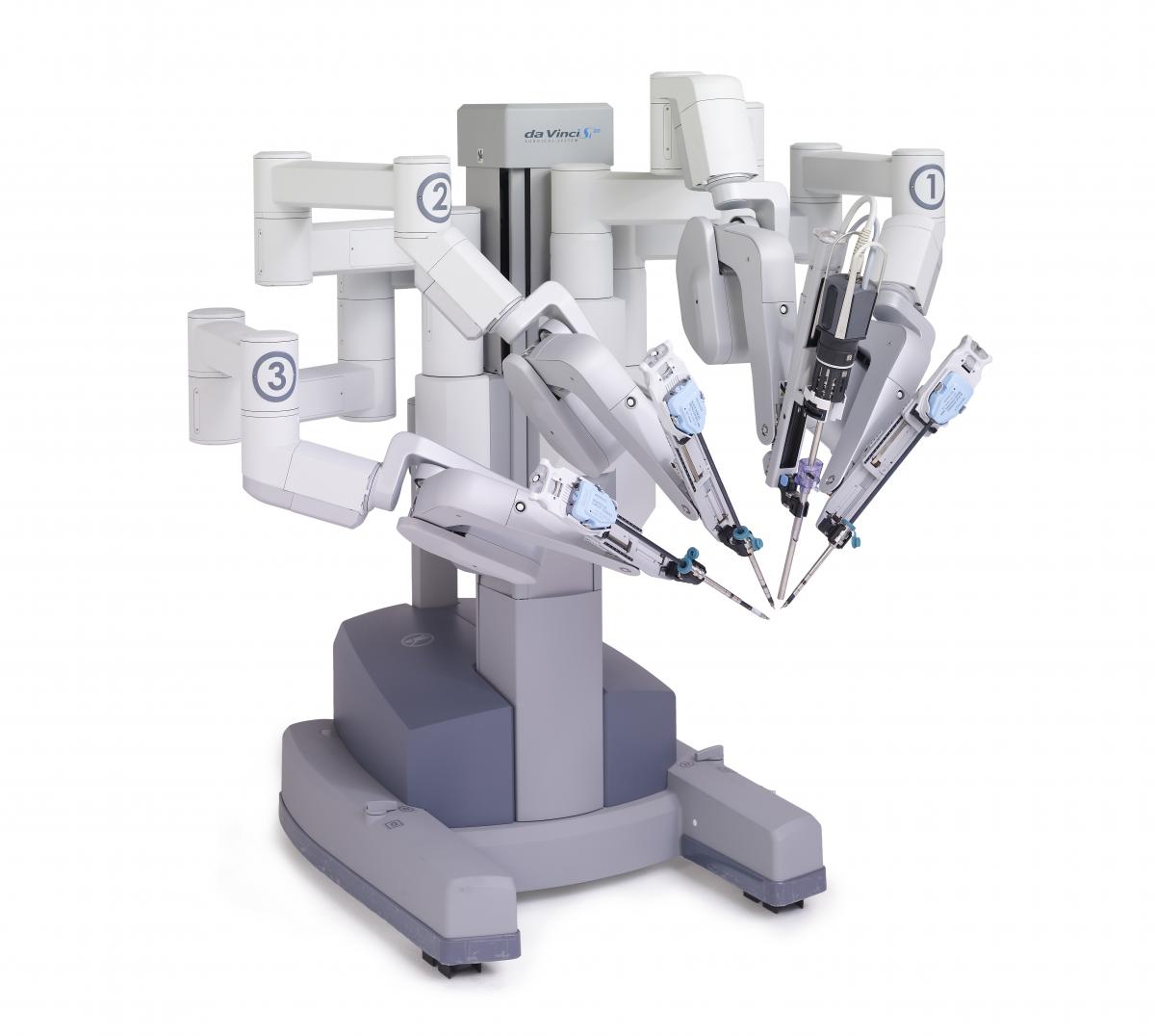- Home
- Medical news & Guidelines
- Anesthesiology
- Cardiology and CTVS
- Critical Care
- Dentistry
- Dermatology
- Diabetes and Endocrinology
- ENT
- Gastroenterology
- Medicine
- Nephrology
- Neurology
- Obstretics-Gynaecology
- Oncology
- Ophthalmology
- Orthopaedics
- Pediatrics-Neonatology
- Psychiatry
- Pulmonology
- Radiology
- Surgery
- Urology
- Laboratory Medicine
- Diet
- Nursing
- Paramedical
- Physiotherapy
- Health news
- Fact Check
- Bone Health Fact Check
- Brain Health Fact Check
- Cancer Related Fact Check
- Child Care Fact Check
- Dental and oral health fact check
- Diabetes and metabolic health fact check
- Diet and Nutrition Fact Check
- Eye and ENT Care Fact Check
- Fitness fact check
- Gut health fact check
- Heart health fact check
- Kidney health fact check
- Medical education fact check
- Men's health fact check
- Respiratory fact check
- Skin and hair care fact check
- Vaccine and Immunization fact check
- Women's health fact check
- AYUSH
- State News
- Andaman and Nicobar Islands
- Andhra Pradesh
- Arunachal Pradesh
- Assam
- Bihar
- Chandigarh
- Chattisgarh
- Dadra and Nagar Haveli
- Daman and Diu
- Delhi
- Goa
- Gujarat
- Haryana
- Himachal Pradesh
- Jammu & Kashmir
- Jharkhand
- Karnataka
- Kerala
- Ladakh
- Lakshadweep
- Madhya Pradesh
- Maharashtra
- Manipur
- Meghalaya
- Mizoram
- Nagaland
- Odisha
- Puducherry
- Punjab
- Rajasthan
- Sikkim
- Tamil Nadu
- Telangana
- Tripura
- Uttar Pradesh
- Uttrakhand
- West Bengal
- Medical Education
- Industry
Robots may replace humans as nursing assistants

London : The nursing assistant for your next trip to the hospital may be a robot, thanks to scientists who have trained a robot to imitate natural human actions.
The research by Dr Elena De Momi from the Politecnico di Milano in Italy and colleagues indicates that humans and robots can effectively coordinate their actions during high-stakes events such as surgeries. Over time this should lead to improvements in safety during surgeries because unlike their human counterparts robots do not tire and can complete an endless series of precise movements, researchers said.
The goal is not to remove human expertise from the operating room, but to complement it with a robot's particular skills and benefits. "As a roboticist, I am convinced that robotic (co) workers and collaborators will definitely change the work market, but they won't steal job opportunities. They will just allow us to
decrease workload and achieve better performances in several tasks, from medicine to industrial applications," De Momi said.
In the experiment, the team photographed a human being conducting numerous reaching motions, in a way similar to handing instruments to a surgeon. These camera captures were input into the neural network of the robotic arm, which is crucial to controlling movements. Next a human operator guided the robotic arm in imitating the reaching motions that the human subject had initially performed.
Although there was not a perfect overlap between the robotic and human actions, they were broadly similar. Finally, several humans observed as the robotic arm made numerous motions. These observers determined whether the actions of the robotic arms were "biologically inspired," which would indicate that their neural networks had effectively learned to imitate human behaviour.
About 70 per cent of the time this is exactly what the human observers concluded, researchers said. If robotic arms can indeed imitate human behaviour, it would be necessary to build conditions in which humans and robots can cooperate effectively in high stress environments like operating rooms, they said. The study was published in the journal Frontiers in Robotics and AI (Artificial Intelligence).


